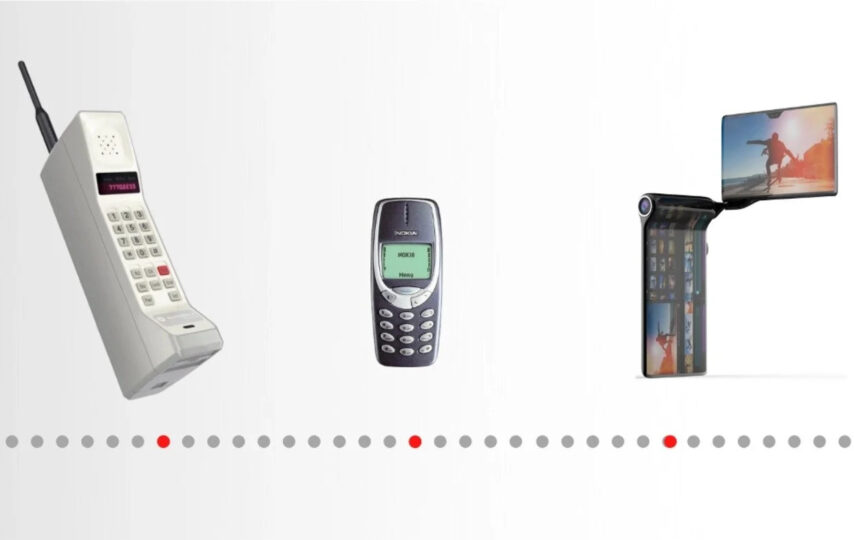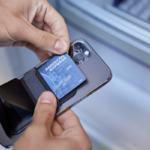From flip phones and other classic phones to the advanced AI-supported smartphones we enjoy and love at present, mobile phones have come a long way. It is hard to imagine life without them today. We have seen an evolution in technology that has made phones faster, bigger, and smarter.
Mobile Phone Evolution: Beginnings
The first mobile phone was the Motorola DynaTAC which was released in 1983. It was a huge device, weighing over 1 kg, and it took almost 10 hours to charge. It had a battery life of 30 minutes and a whopping price tag of $3,995. It could only support half-duplex communication, meaning only one person can speak at a time.
With the arrival of GSM technology in the 1990s, phones became slim and light. This was when the first “smartphone” was released. The Nokia Communicator 9000 was the first mobile keypad phone to feature a full QWERTY keyboard. It had a monochrome display, 8MB of internal memory, and a battery life of 7 hours.
Mobile Phone Design
Mobile phones have changed significantly in design over the years. Early mobile phones were bulky and clunky, and had large antennae protruding from the top. Today, phones are slim and sleek, with smooth surfaces and no antennae. Many phones are now made of metal, glass, and plastic, and come in a variety of colors and styles. They have bigger displays with a high definition resolution.
Mobile Phone Features
Mobile phones have also evolved in terms of features and are more powerful than ever. Early phones had basic features such as making calls and sending text messages. Today, phones have a wide array of advanced capabilities, including high-resolution cameras, GPS, fast Internet access, applications, and more. We also have new models that feature the latest technologies like artificial intelligence (AI), 5G network, and many more. Smartphones also have better battery life, with some lasting up to 2 days on a single charge.
Mobile Phone Functions
Mobile phones have also evolved in terms of functions. Early phones were used mainly for making calls and sending text messages. The smartphones of today perform different tasks and functions and are useful in many ways. They allow people to stay connected to the outside world and to perform a variety of tasks, such as making phone calls, sending text messages, taking pictures and videos, accessing the internet, playing games, listening to music, and more. Users also have the ability to access their social media accounts, view their emails and calendar, and use various apps to make their life easier especially when they travel. Finally, some smartphones come with a variety of sensors that allow users to track their health, fitness, and activities.
Touchscreen Technology
Touchscreen technology has also improved significantly over the years. Early touchscreens were slow and unresponsive. Today, touchscreens are fast and accurate, with multiple levels of sensitivity and support for gestures such as swiping and pinching.
Final Thoughts
Now that you know the evolution of mobile phones, you can better appreciate the unit you purchased. You can appreciate the features it has, the speed of the processor, and the overall design. You can also compare it to the previous versions of mobile phones to understand how far technology has come in such a short amount of time.








